Golf Antiques & Relics: 11 Peculiar Accessories of Golf History
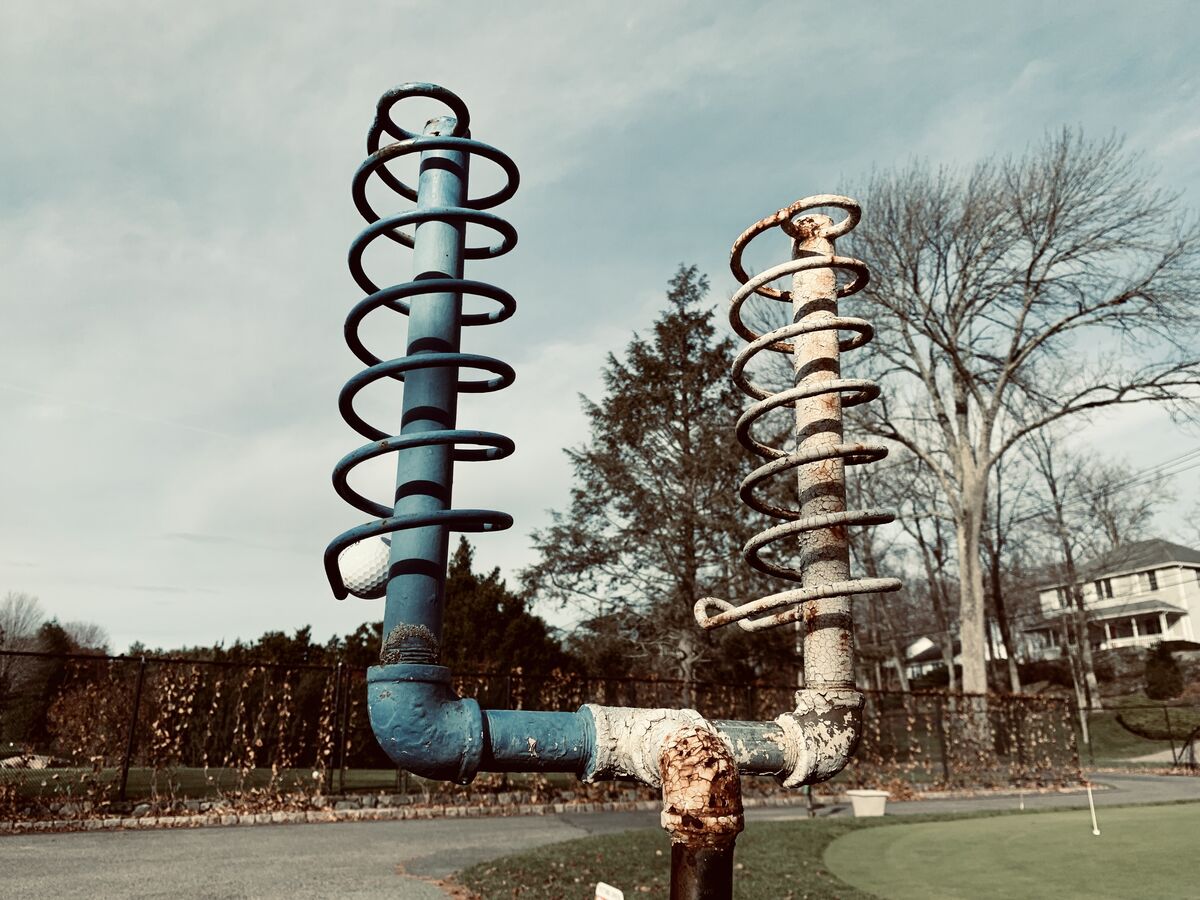
Would you recognize an antique starter rack if you saw one? Do you know how golfers teed off without wooden tees until 1899?
Golf has been around for some 500 years, and in that time, golfers have left countless relics behind. Some were forgotten, others are endeared, but all had their place in the game in their heyday. These are the antiques of golf history.
Pre-1900 Golf Balls
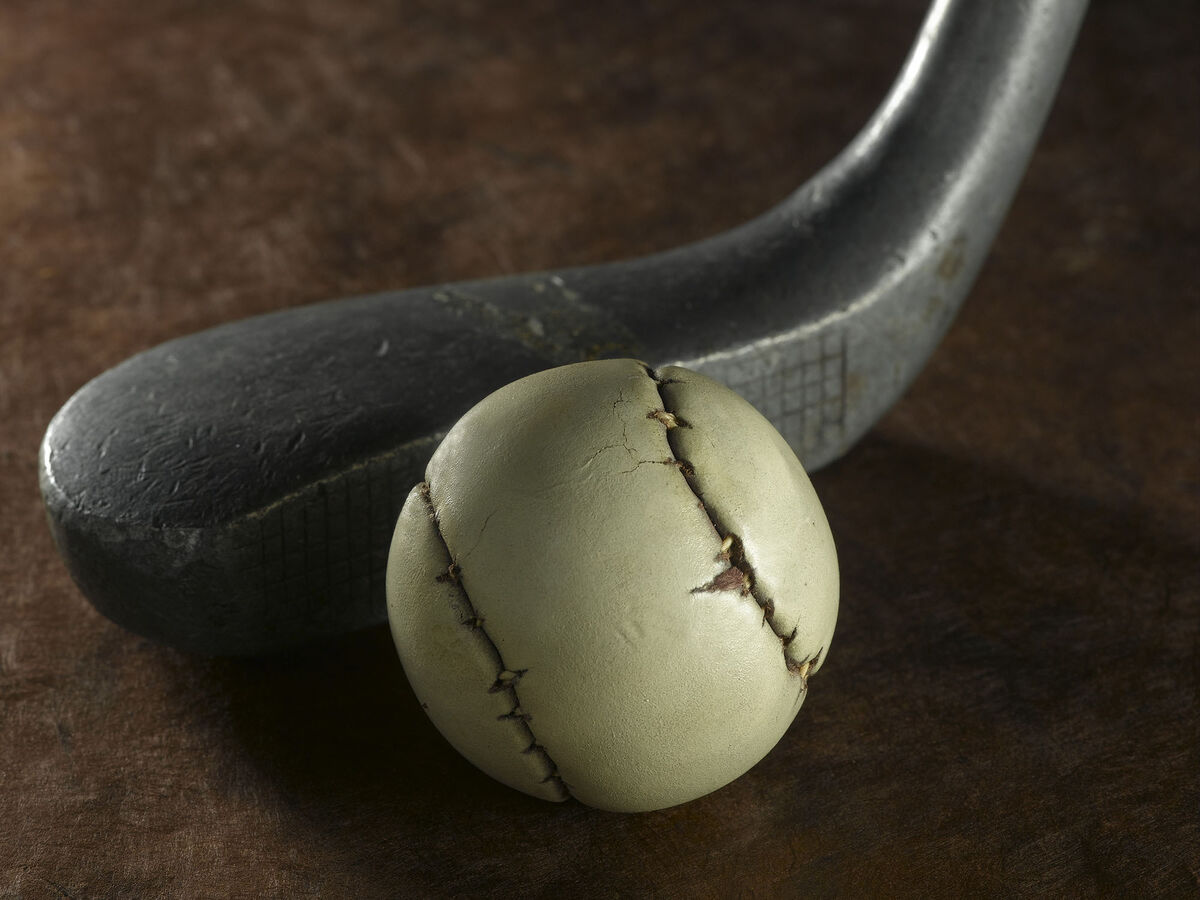
The golf ball has benefitted more from technology than any other piece of golf equipment, which has proven to be a difference-maker in how the game is played. Many former tour professionals, including Jack Nicklaus, have lobbied for a limited flight golf ball. The constant debate over whether the golf ball flies too far today is proof of the ball's impact on the game.
RELATED: The USGA's Biggest Win in the War on Distance
There were many iterations of golf balls before 1900. The first golf balls date back to the 14th century and were made of wood. After that, golf balls made of leather and cow hair were commonplace until the 1600s. From that point until about 1850, the “featherie” ball dominated. That ball was made from leather and stuffed with chicken feathers. The guttie replaced the featherie from 1850-1900. It was made from a type of dried tree sap and was popular because of its cost and better performance.
Balata Ball
In 1903, Spalding became the first company to manufacture a balata golf ball. Balata balls were best suited for professionals and highly skilled players because of how easily the cover cut on mis-hits.
Still, balata golf balls held the strongest part of the golf ball market until the 1990s, when more advanced materials such as urethane took over the production lines. Balata golf balls are mainly collector items now.
Persimmon Clubs
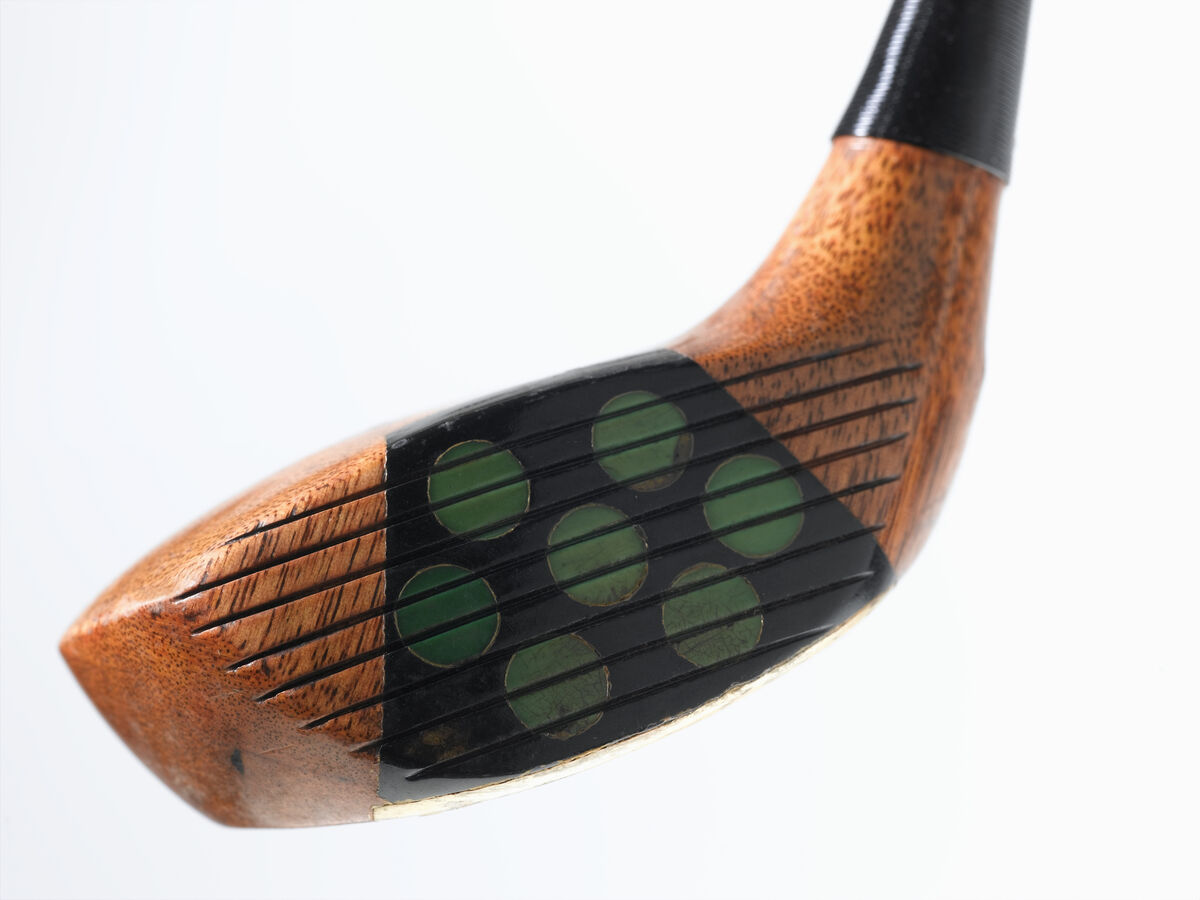
Until the first metal drivers hit the market in the 1980s, your woods were truly woods. Persimmon wood, specifically.
Persimmon wood stood out from other materials because of how smooth and incredibly durable it was. The term, “hit it on the screws” refers to the literal screws in the sweet spot of a persimmon driver. Companies like MacGregor, Wilson, and Ben Hogan Golf made persimmon drivers for many years.
Hickory Shafts
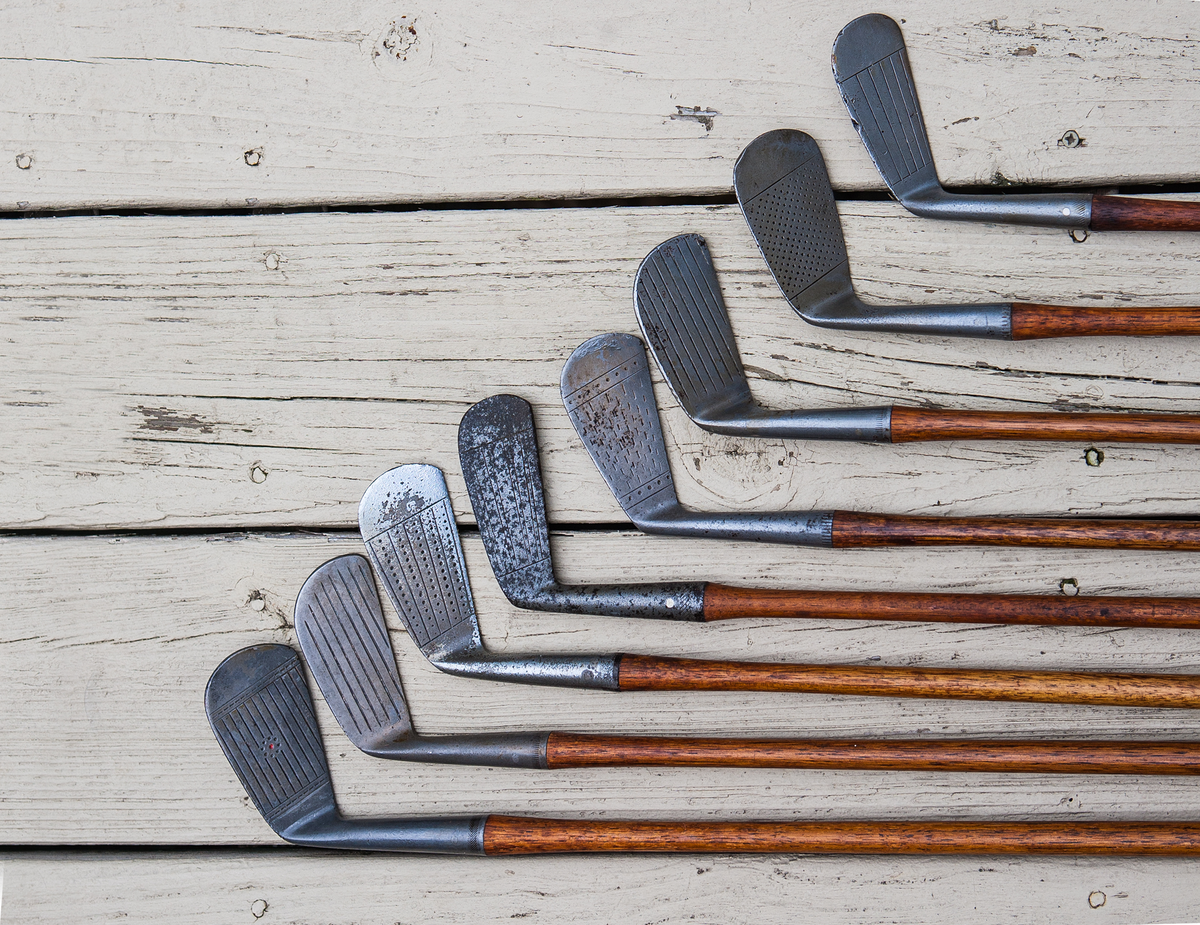
From the late 1880s to around 1930, golf shafts were made from hickory. Until steel shafts became legal, every golfer used these much heavier hickory sticks. Today, an old set of hickory shafted clubs looks great as an antique golf club display piece.
Sand Tee
Golf is somewhere around 500 years old, but golf tees are just over 100 years old. So how did golfers "tee it up" throughout the game's first handful of centuries? The answer is they made their own tees. From sand. On every tee box. Seriously.
Every tee box had a little wooden box with sand and a scoop, kind of like a litter box. Golfers made a small mound of sand to use as their tee. Some more upscale clubs had a bucket of water as well so players could make their sand tees a little stronger.
Some players would use a small, almost thimble-shaped mold to pack sand into, creating a sturdy and consistent tee.
3-Wheel Golf Carts

Golf carts were not commonplace until the 1950s because they were too expensive and potentially harmful to golf courses. Then, President Dwight D. Eisenhower popularized the first Golfmobile, and courses began bringing in fleets.
The original golf carts were three-wheeled. Four wheels carts didn't phase them out until the 1970s.
Golf Ball Starter Rack
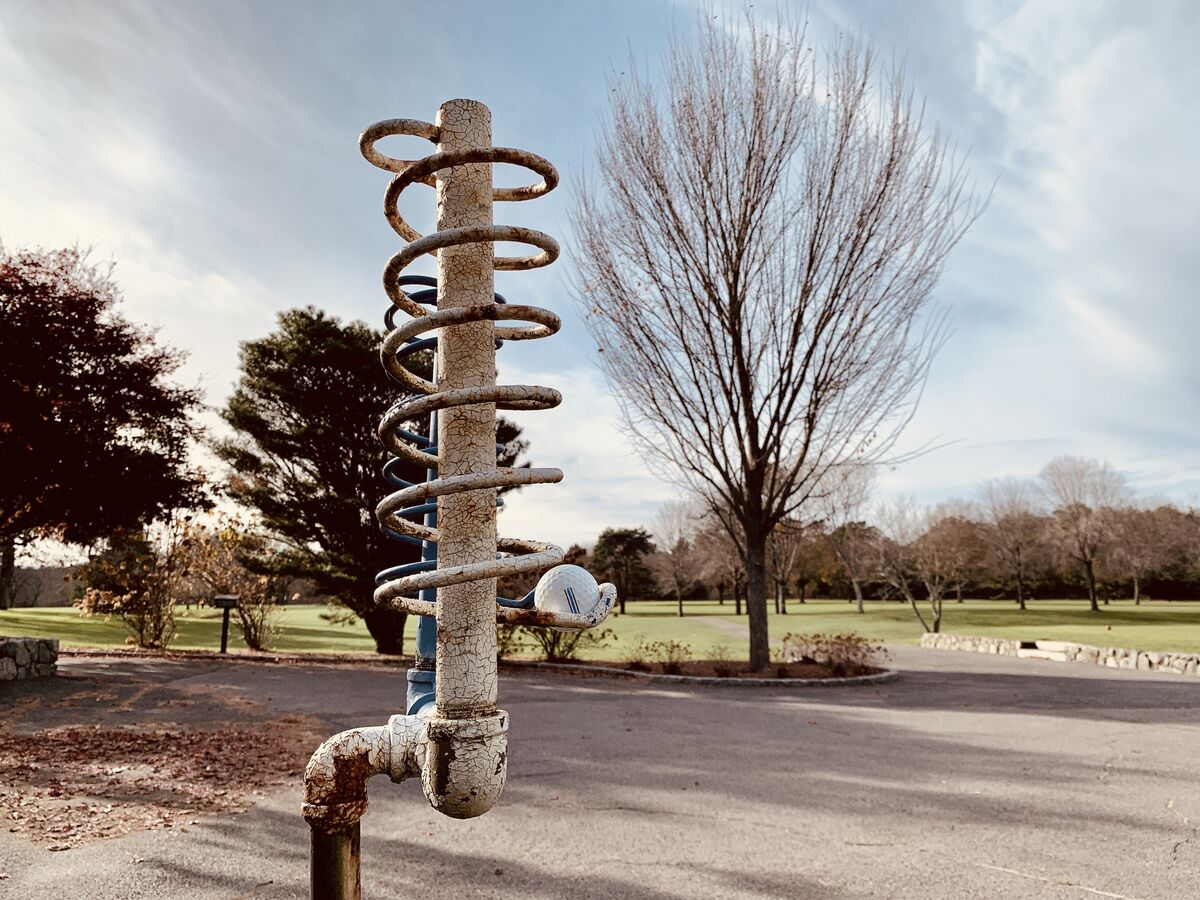
Before paper tee sheets and way before online tee times, there was a simple, low-tech method of claiming your spot on the first tee.
A tee time ball rack, also known as a starter rack, sat at the first tee. Players dropped their ball in the top of the rack, behind all the groups ahead. The starter would pull the ball at the bottom when it was time for that group to tee off.
This was an easy way for groups to see how much longer they had to wait until their turn.
Metal Spikes
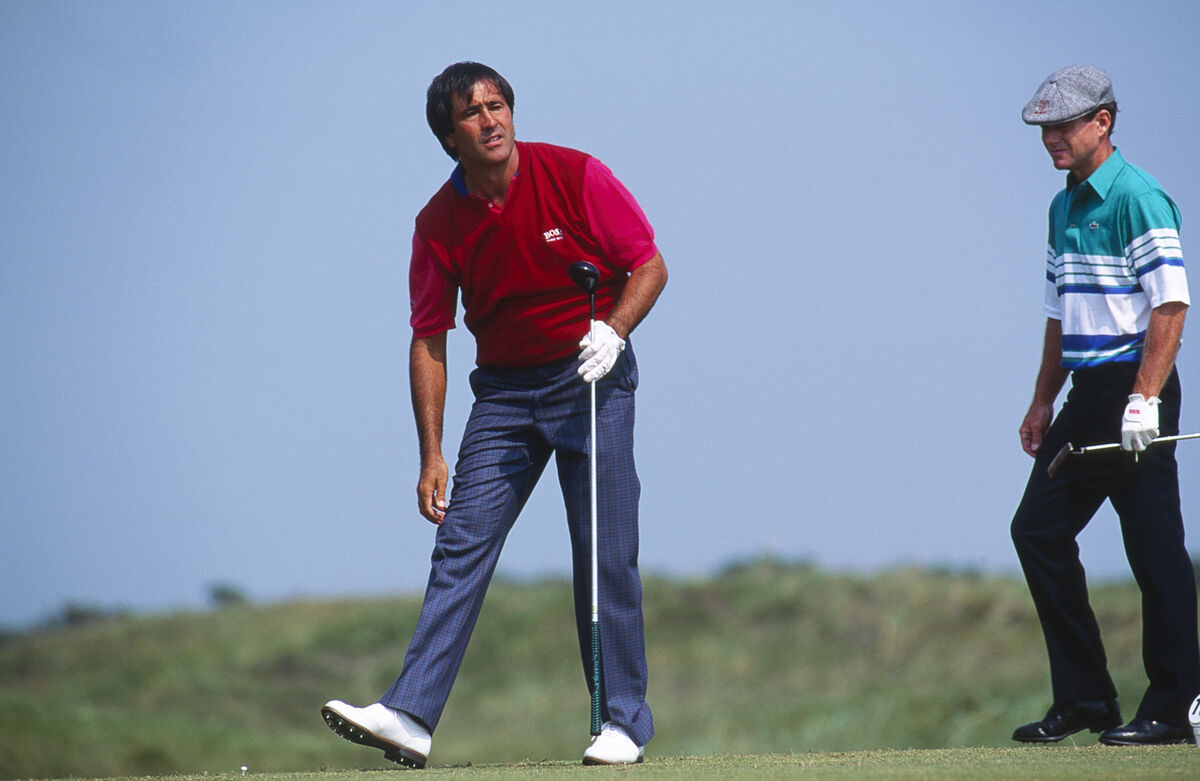
So many mature golfers remember the click-clacking of metal golf spikes all too well. Metal spikes were the only type of golf spike until the early 1990s, when soft spikes saved the day.
As more manufacturers phased out metal spikes, and naysayers made the switch, metal spikes became a thing of the past. Today, most courses outlaw metal spikes, but they are still allowed on the PGA Tour, where several players take advantage of their performance benefits.
Leather Wrap Grips
Before modern rubber grips were installed with solvent and double-sided tape, golf grips were made of leather. Installing these grips was a craft, as the leather came in one long strip that you wrapped around the club to create a full grip that fit both of your hands comfortably. You can still purchase leather strapping intended for golf if you’d like a vintage feel.
Square Drivers
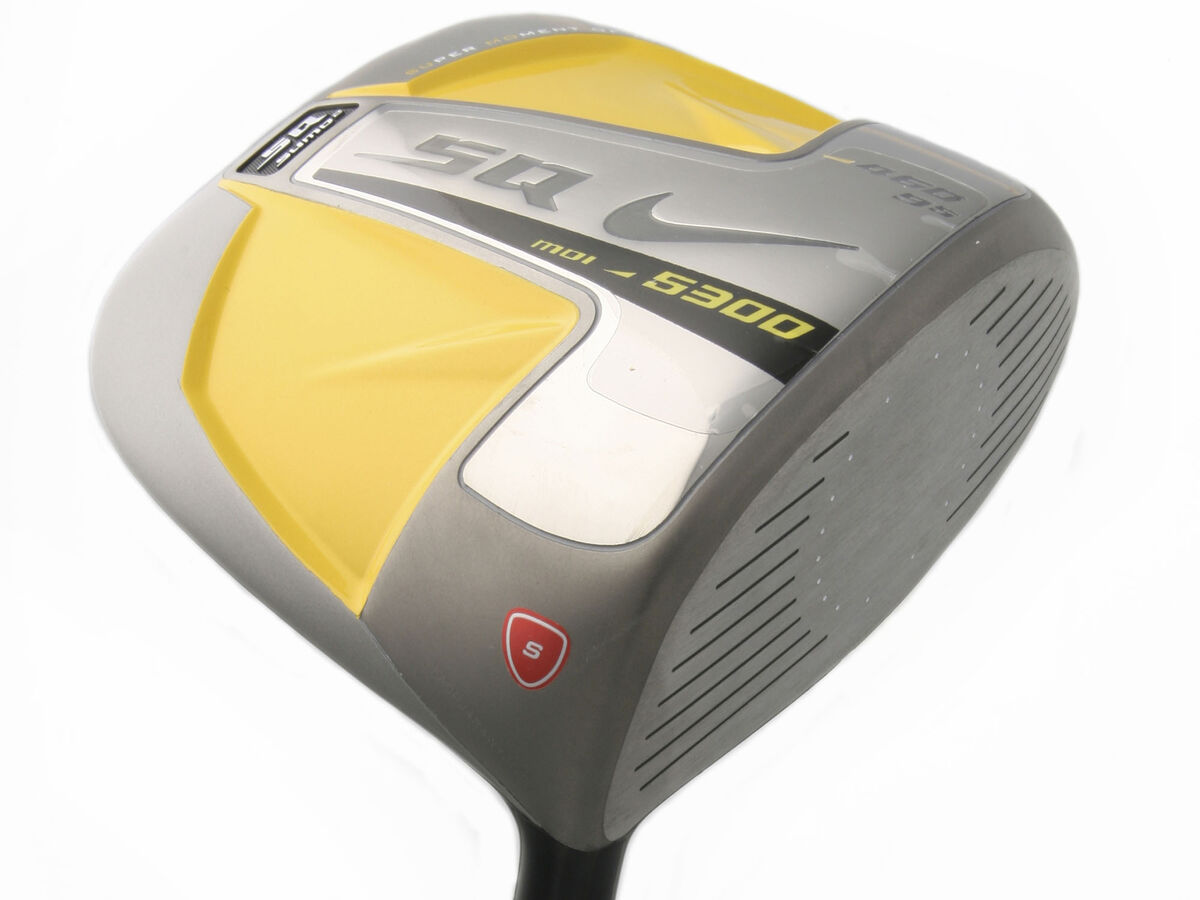
We’ll admit, this one is in jest. But who can forget that time around 2007 when Nike released the Sasquatch SUMO and Callaway had its FT-i, both square-headed drivers?
We all knew the fad would be short-lived, and thankfully, it was. For those who lived through it, the sound of a strike with a square-headed driver is instantly recognizable from no fewer than six holes away. These drivers are in contention for the oddest, and loudest, clubs in golf history.
Bonus Rules Relic: The Stymie
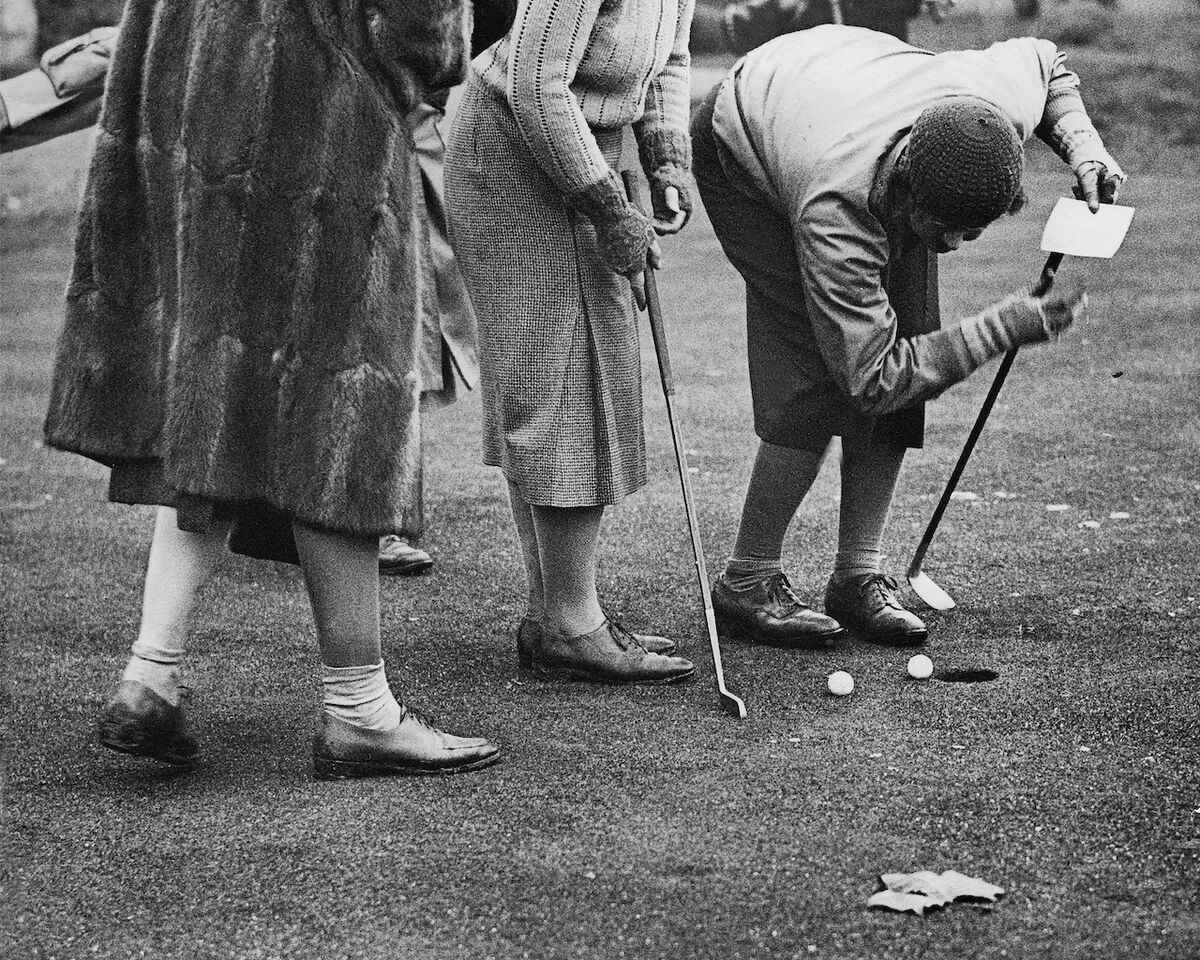
There are countless artifacts of golf's past that are left off this list, but there's one bonus relic we can't ignore. The stymie.
RELATED: Golf History: The Stymie
Sure, you can't hold it or buy it on eBay, but aside from not being a physical object, the stymie fits the criteria of this list. Before 1952, the Rules of Golf did not allow balls to be marked on the putting green. Translation? If your opponent's ball finished between your ball and the hole, you were stuck out of luck. You were stymied.
Relish in the Relics
Did this list of vintage golf relics bring you back to your early days of golf? Perhaps you remember something old and fun that we’ve never seen or heard of. With centuries of golf history, it wouldn’t be surprising.